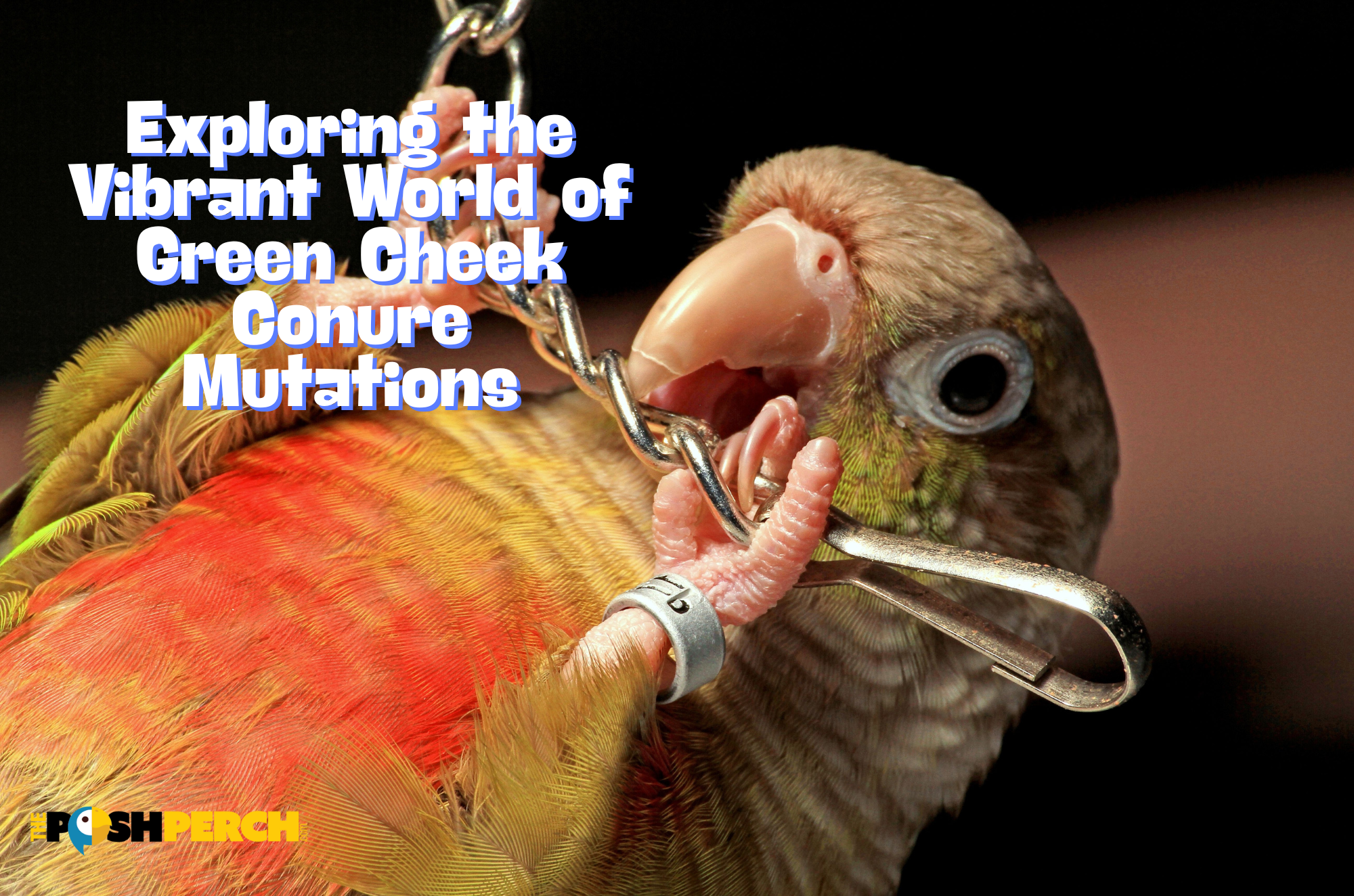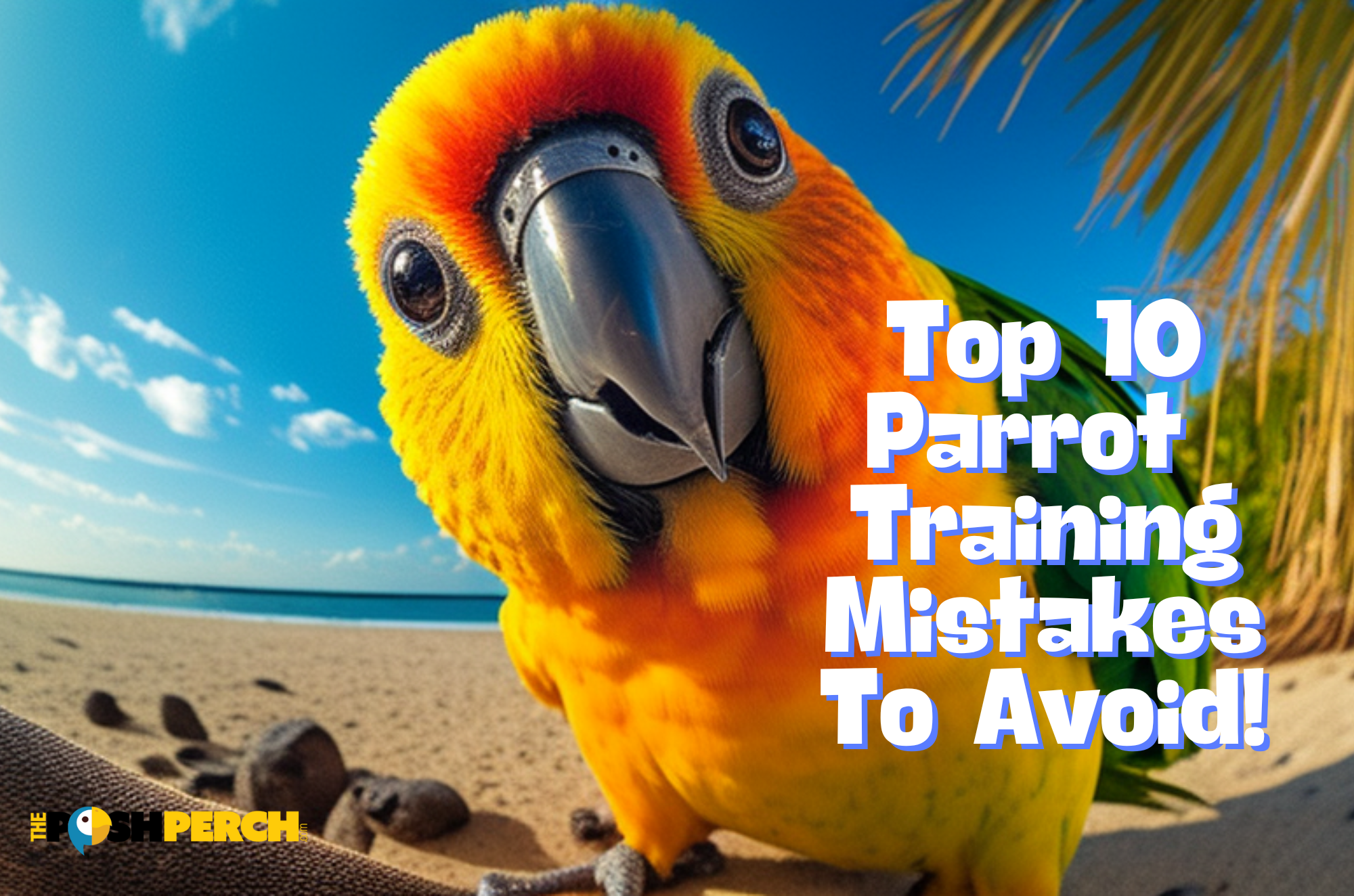
The Problem With Sand and Concrete Bird Perches
3 min reading time

3 min reading time
Bird owners and avian enthusiasts always strive to ensure their feathered friends live in a comfortable, healthy environment. One critical yet often overlooked aspect of bird care is the choice of perches. While sand and concrete perches might seem like practical options at first glance, they can pose significant issues for your birds.
Birds spend a considerable amount of time perching, making the texture and hardness of their perches crucial for their well-being. Sand and concrete perches tend to be very hard and abrasive, which can be stressful on your bird’s feet. Over time, this can lead to pressure sores, foot pad abrasions, and other foot-related issues. Birds don't have the same padding on their feet that other animals might, so prolonged exposure to such harsh surfaces can cause significant discomfort and pain.
Another major concern with sand and concrete perches is their propensity to harbor bacteria. These materials are porous, making them excellent breeding grounds for harmful microorganisms. Even with regular cleaning, it can be challenging to completely sanitize these types of perches. The buildup of bacteria and other pathogens can lead to infections, which can be detrimental to your bird's health.
To avoid these issues, consider switching to perches made from more bird-friendly materials. Here are a couple of excellent alternatives:
Wood is a natural and much gentler option for your bird’s feet. It provides a surface that is both comfortable and non-abrasive, mimicking the branches birds would perch on in the wild. Furthermore, wood perches come in various textures and diameters, which can help exercise your bird’s feet and prevent issues like bumblefoot. Just ensure the wood is untreated and safe for birds, as some types of wood and treatments can be toxic.
Composite materials designed specifically for birds offer another great alternative. These perches are often designed to be easy on the feet while also being durable and easy to clean. They typically don’t harbor bacteria as readily as sand or concrete, reducing the risk of infections. Many composite perches also come in a variety of shapes and textures, providing both comfort and stimulation for your bird.
While sand and concrete bird perches might seem like durable and practical options, they can be stressful on your bird’s feet and can harbor harmful bacteria. By choosing perches made from wood or composite materials, you can provide a safer, more comfortable environment for your feathered friend. Always remember, the health and happiness of your bird depend significantly on the quality of its habitat, and selecting the right perches is a crucial part of that.
For more tips and insights on bird care, feel free to reach out to our community of avian enthusiasts. Your bird deserves the best, and so do you!


